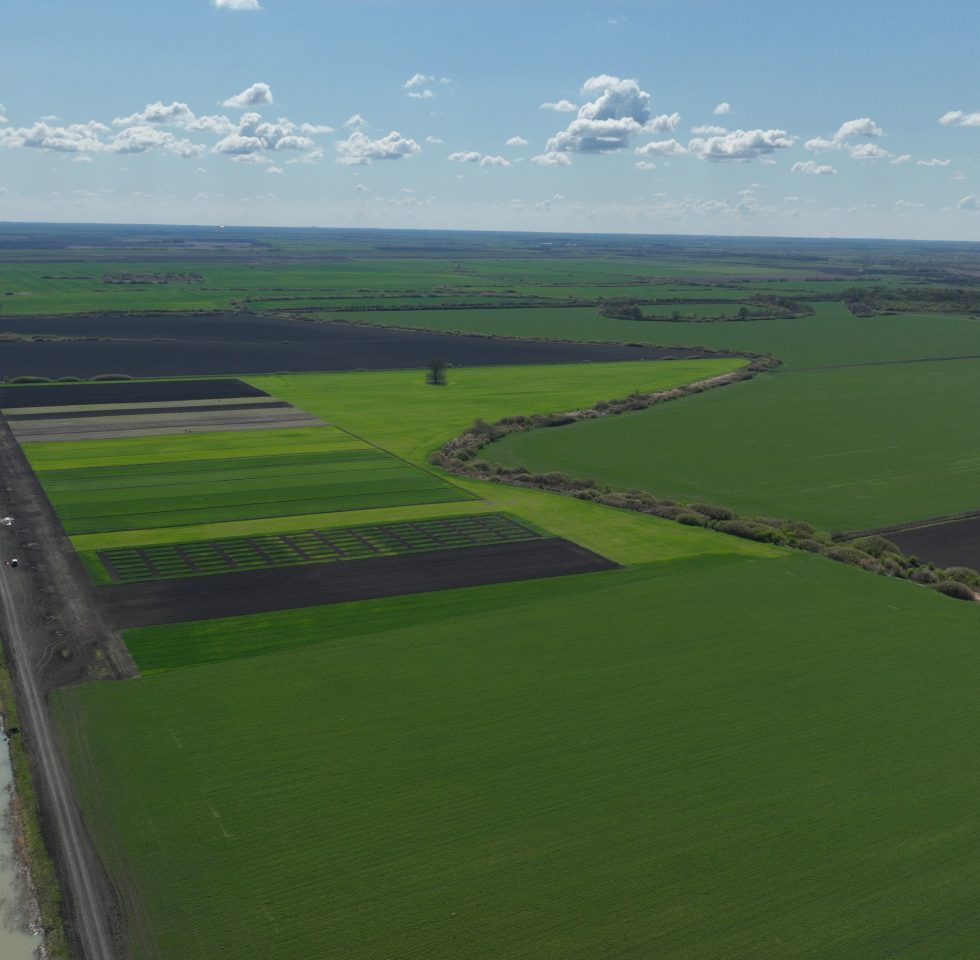Njamito Goes Fairtrade for Cocoa and Vanilla
March 31, 2025Njamito is now Fairtrade certified for cocoa and vanilla! Here’s what that means for farmers, the planet, and the values behind our meal-in-a-bottle.
Read articleBuffer zones safeguard soil by surrounding fields with areas of either non-growth or growth of crops for protection from contaminants.

Since the beginning of LoginEKO’s deep dive into organic farming, a lot of work has gone into understanding the foundations of what makes a crop “organic.” Before growing organic produce on our land, we had to understand the four pillars that are the basis of organic farming, namely: health, ecology, fairness, and care. This article looks into the first, ‘health,’ which focuses on the health of everything that grows, including us, our soil and food sources, all living things, and our planet. It also discusses the interdependence and biology of how all these things can grow in a sustainable way. Buffer zones are a significant piece in designating a plot of land as organic, and keeping the soil healthy.
When talking about farming, everything starts with the soil. If the earth we plant in isn’t healthy and free of contaminants, our harvests won’t be either. In the US, organic farming takes it one step further, requiring the arable land meant for organic crops to be free from prohibited substances for three years prior to harvest. In the EU, it’s between 2-3 years, depending on what you grow.
The practical implications of this have evolved into only using biological fertilizer, as well as cover cropping and crop rotation to improve soil quality and building organic soil matter. This increases the soil’s ability to absorb water, and minimizes the impacts of drought and flooding. These practices also help soil absorb and store carbon and other nutrients that are needed to grow healthy crops, which makes those crops better able to resist insects and diseases.
When LoginEKO decided to get hands-on experience, almost 10,000 acres (4,400 hectares) were designated for growing organic crops. So not only was the land required to be free of pesticides for two years before we could harvest anything, but there had to be a way of protecting that land from neighboring land plots that aren’t appropriate for organic farming. Buffer zones are the current best practice for protecting non-target areas from pesticide applications and improving soil conditions.
While buffer zones can vary in size and composition, everything from common wind patterns, land slope, chemical application activity, and stormwater drainage patterns go into figuring out a farmer’s particular buffer zone. More simply, it means that you have to designate an area immediately surrounding your future organic plot to protect where you want to grow organic produce. Even more simply, buffer zones are like castle moats. They protect soil from any unwanted invaders/substances, in this case, contaminants.
More specifically, buffer zones protect against roadside run-off, from pesticide drift, from GMO cross-pollination (though GMOs are banned in Serbia), and more. As you might expect, the first step before growing has to be assessing potential risks to the plot of land in question. Don’t forget about the equipment used in buffer zones, they are contaminated, too. Also, nothing grown in a buffer zone can be represented as organic. The common starting point for buffer zone width is c. 15 meters, and in our farm in Serbia, there is no rule for buffer zone width. It depends on a risk assessment for every given field. Also, elsewhere it depends on the country, topography, and location of the plot.
In the US, to achieve ‘organic’ designation, buffer zones must be part of a farm’s organic system plan. They will be checked at the organic inspection, and so airborne and waterborne contaminants and their effects must be listed. In the EU, it’s very similar to the US, and also there’s an equivalency agreement between the two that says if it’s organic in one, it’s organic in the other.
Well, since we have to have a buffer zone, what should we grow on it that has environmental benefits?
Four of the most useful approaches are to grow things that:
These can add benefits so the land has purpose, and doesn’t represent an economic challenge. At the LoginEKO farm in Vojvodina, our teams of agronomists and agroecologists are working to create perfect buffer zones for each of the four approaches. So far, we have planted a number of different tree species, and have sown oats and peas in-between their rows.
Even though the crops grown on buffer zone land cannot be represented as organic, any produce grown there may be sold on the regular market. The sale of this produce can actually pay for potential lost revenue from unplanted soil. This can also include perennial vegetation like alfalfa or other forage grasses.
So, from our personal experience of farming our plot in Serbia, buffer zones are a useful, protective tool for keeping our soil pristine. The crops grown there are healthy, and unquestionably safe for generations to come. LoginEKO’s exploration into the organic world will continue in our quest to change the way food is grown.
Njamito is now Fairtrade certified for cocoa and vanilla! Here’s what that means for farmers, the planet, and the values behind our meal-in-a-bottle.
Read articleIdealism met reality as we launched our meal-in-a-bottle, Njamito. After 100.000 bottles sold, here’s what we learned about organic food and market adaptation.
Read articleWith organic seeds in short supply, we launched our own organic seed production journey to secure sustainable farming practices.
Read article